IFA 2016: Examining the Malaise of Bargain Basement Virtual Reality
by Dr. Ian Cutress on September 9, 2016 9:00 AM ESTBargain Basement, 4 + 5 + 6
#4: Shenzhen Winbest Company Limited, VR102 + VR106
The only company to offer two SKUs, even with different designs, was the Shenzhen Winbest Company Limited. The lower end model, the VR102, uses a full 720x1280 5-inch IPS display with Android 5.1 powered by an RK3126 quard (sic) core SoC. This is a Rockchip design, built on a 40nm process, featuring quad ARM Cortex-A7 cores up to 1.3 GHz and a Mali-400 MP2 GPU. The AIO-VR has 1 GB of DDR3L memory and 8GB of storage which can be supplanted with a microSD card. To top it off, there’s a 2600 mAh battery.
The design for the VR102 is a white chassis with a black face plate, with the system using a directional pad on the top with a separate four buttons for power, menu, and plus/minus. The headset uses a breathable foam/leather mix, and suffers the same face as the other headsets so far.
The upgraded model uses the same Rockchip RK3288 as the first AIO-VR in this list, but the screen is listed as a 2560x1440 display at 5.5-inches combined with a 2GB/16GB memory and storage configuration. The Nibiru OS makes another showing here, and the battery is updated to 4000 mAh. The design is aimed to be a little bit more polished than the lower grade headset, with an integrated HDMI input (or is that output?).
The VR106 had separate IPD adjustments on the bottom of the headset, along with what seems to be the usual array of outputs.
#5: EyeSun Technology Company Limited
No basic details or specifications on this one, aside from the 2600 mAh battery and a 4 hour rated lifespan. It only had one image around the booth about the hardware and the representative couldn’t tell me anything apart from ‘it’s still a prototype’. The look was interesting, so I snapped a few images.
This is no IPD adjustment on these, as we have the same foam/breathable padding around the face with a big gap for the nose. Button placement was on the bottom, showing a directional pad, buttons to switch from 2D to 3D, a microSD card slot, a USB port, a 3.5mm jack, and what looks like a micro-HDMI port.
#6: Hena Digital Technology (Shenzhen) Company Limited VR501
Another device that in many ways mirrors the first one on this list. Under the hood is a Rockchip RK3288, meaning quad-core A7s up to 1.8 GHz and Mali T760MP4 graphics, which is combined with a 1920x1080 IPS screen, Android 5.1, and a WiFi module capable of 802.11n at 2.4 GHz.
Also similar to the first, we got a sense of pricing. I was told that a single sample is $102, with price scaling based on order quantities.
However, there is no IPD adjustment on this headset, but at least the nose area is semi-sealed from the light. This one was actually working and had the Nibiru OS preloaded. The screen was very laggy, and it was clear from even basic motion it was going to cause a large deal of discomfort. These AIO-VRs are clearly for base content consumption, and anything moving is just a bad experience.


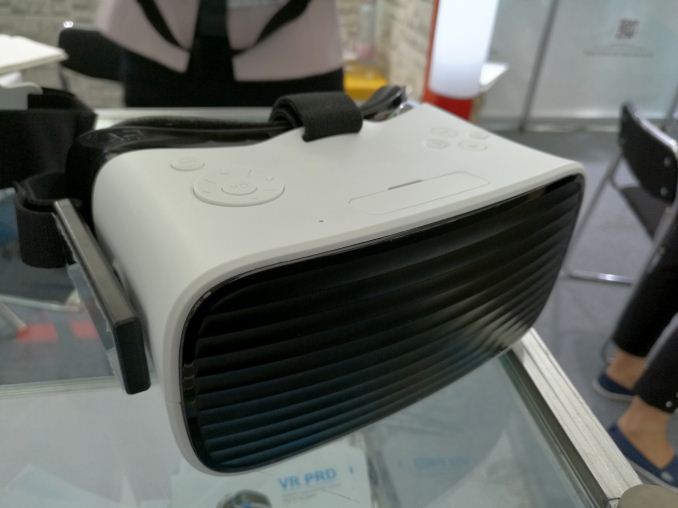
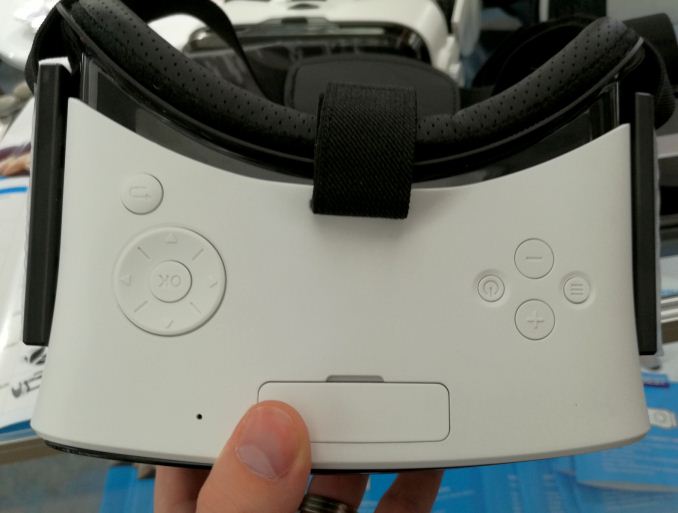
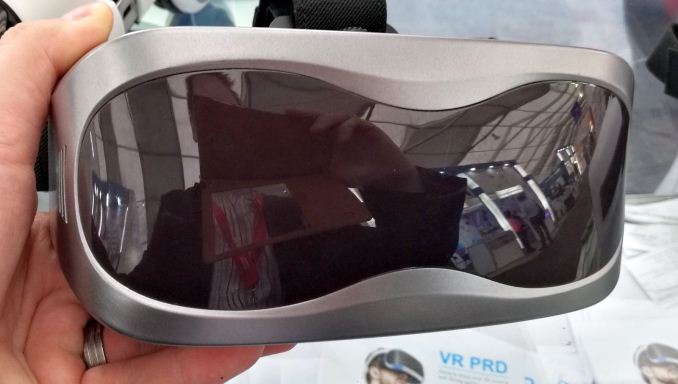
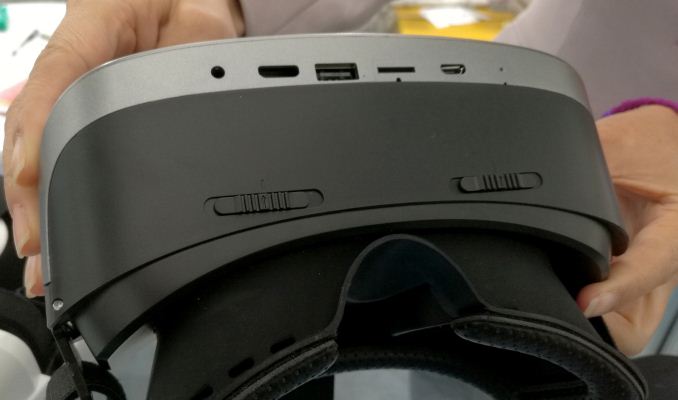
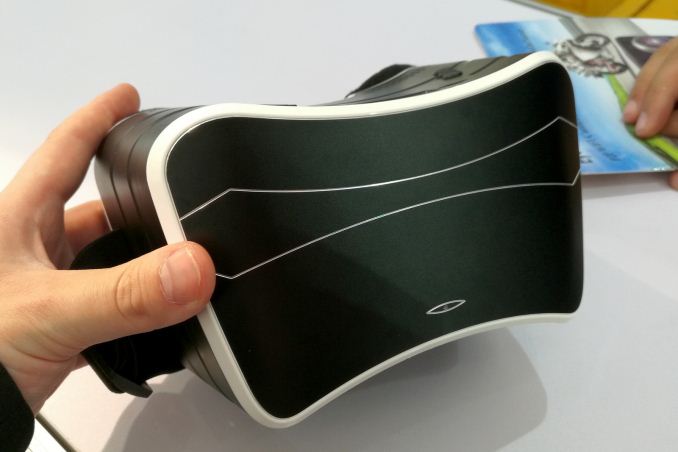

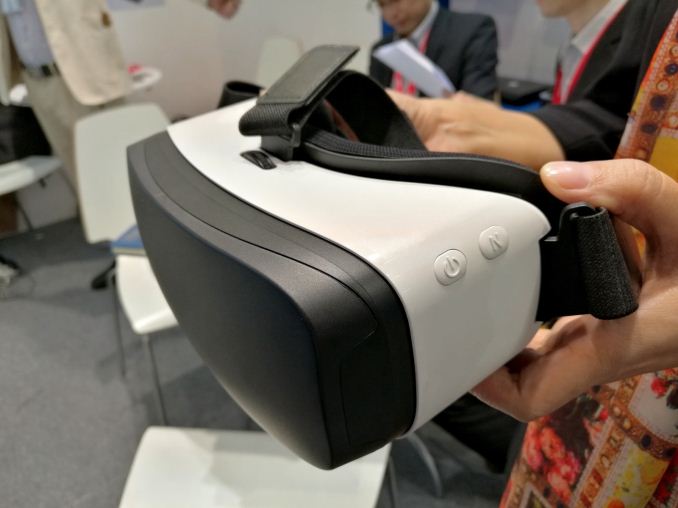
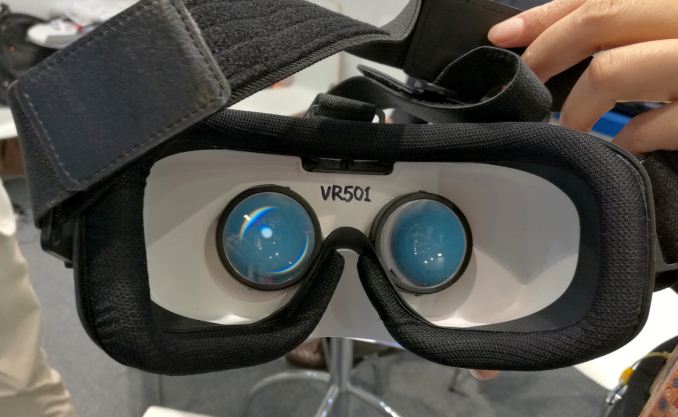








59 Comments
View All Comments
Morawka - Friday, September 9, 2016 - link
these are cheap VR porn viewing devices... nothing morepiiman - Sunday, September 11, 2016 - link
What more could you want? :)stephenbrooks - Friday, September 9, 2016 - link
Well, despite the interaction with software, VR is fundamentally a display technology. The Oculus and HTC understand this as they use an external computer. The GearVR and cardboard understand this as they use your existing smartphone. "All-in-one" units are ALWAYS going to be on the wrong side of the economics equation and can only only really sell themselves on convenience. So looking at cheap AIOs gives the result you'd expect.jaggedcow - Friday, September 9, 2016 - link
I wouldn't be surprised if Apple released a $2000-3000 all in one VR headset since they love integration, but I think the vast majority will be cheaper modular displays (possibly with extra sensors or gyros) where you slot in an upgradeable SOC of your choiceSushisamurai - Friday, September 9, 2016 - link
Wow, that was a lot of data to remember hah, good job there. Yeah, I've tried some of the "cheap Chinese" VR sets that have been cropping up around China as "entertainment booths". Some are pretty rough and nauseous and most are not comparable to the Vive. I wonder if there were any cheap tethered VR's and what were they like... I could see that expanding the VR populationRaichuPls - Friday, September 9, 2016 - link
So when are you going to examine the S820 and the HTC 10 and the RX480/470/460?fanta666 - Friday, September 9, 2016 - link
Only when htc sends them the chequeBrokenCrayons - Friday, September 9, 2016 - link
I'm not personally concerned with the S820 or HTC 10, but I would like to see the in-depth stuff for the AMD GPUs. I hate to complain/derail/etc in the comments box, but AT does a really good job with digging into graphics cards so I'm keenly interested in seeing your take on the 460 in particular.theduckofdeath - Monday, September 12, 2016 - link
Tom's Hardware has always been better for GPU reviews. They do them timely and have neat tables where you can compare different brands according to specific game and/or resolutions so you know exactly which will suit you best.artk2219 - Wednesday, September 14, 2016 - link
Since AT was bought by the same company that owns Toms, they're basically two people sharing the same umbrella. Don't get me wrong I love both sites, but I have noticed they've become much more similar since that transition.